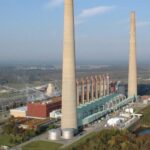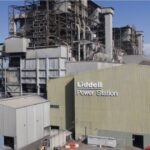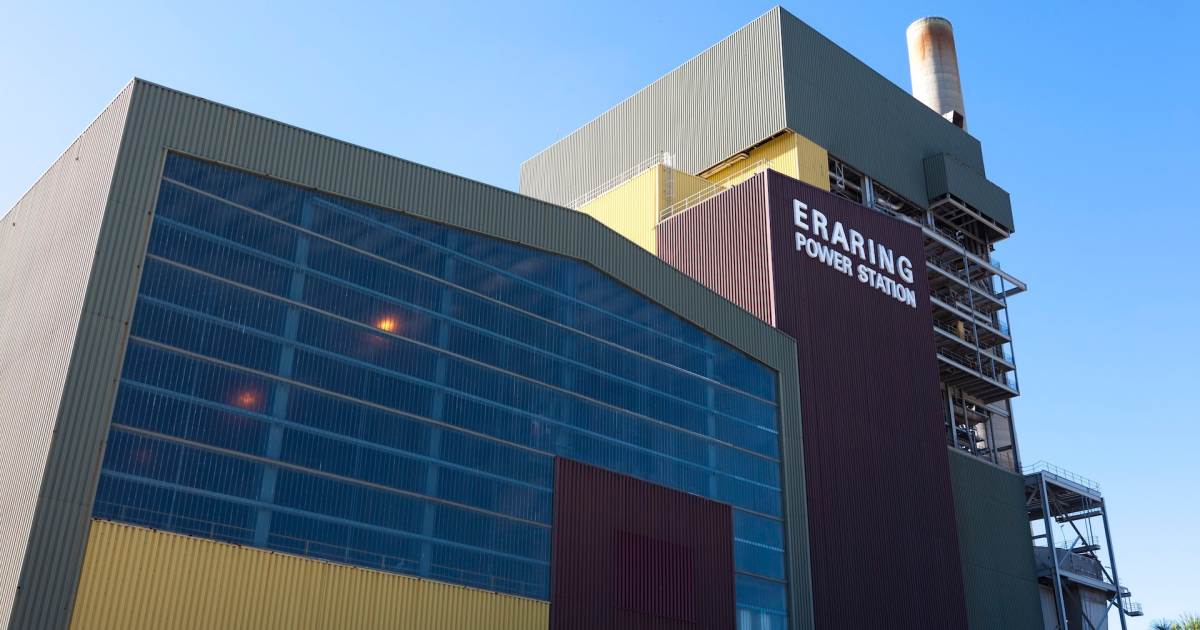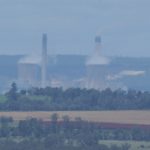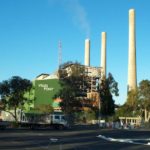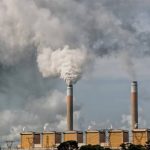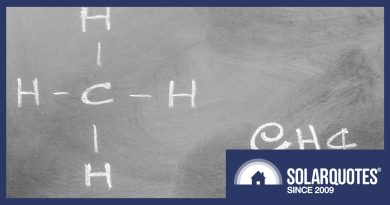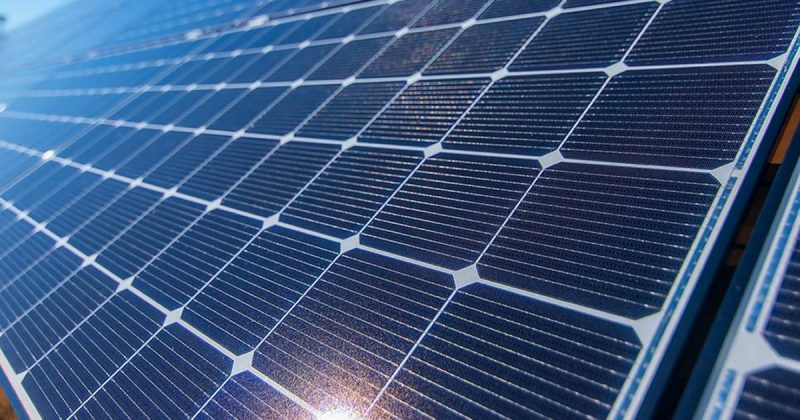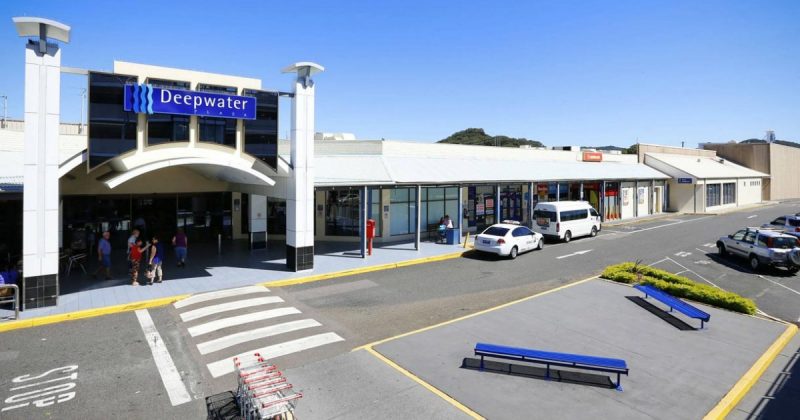NSW Inquiry Tackles Coal Ash Issue
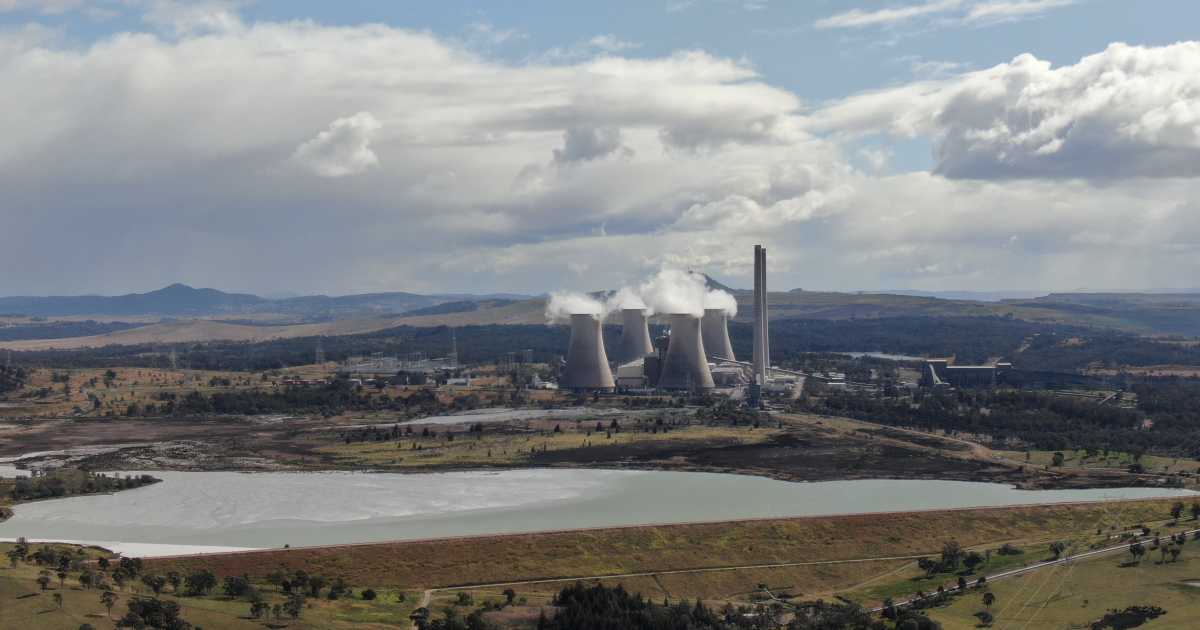
Image: Bayswater Power Station Coal Ash Dam | Source: Hunter Community Environment Centre
A NSW Parliamentary Inquiry has delivered a report recognising coal ash is a toxic waste product that needs better regulation and utilisation.
The by-product of burning the problematic rock, more than 400 million tonnes of coal ash is stored in dump sites across Australia, representing almost 20% of Australia’s total waste stream.
Where sites are unlined, water can pass through the ash, absorbing toxins and spreading them into the wider environment. Even at lined sites there can be leakage or overflow issues, and where the ash is allowed to dry out it can be whipped up by the wind and impact local communities.
The best way to avoid coal ash problems is of course to stop producing it in the first place. But even if (when) Australia fully switches to renewables such as wind and solar energy backed by storage, something still has to be done with the hundreds of millions of tonnes that has piled up and may continue to grow until we reach the point where coal power is entirely kicked to the kerb.
The somewhat good news is coal ash can be used for various applications including road and pavement construction, concrete manufacture and in the production of bricks and tiles; where its toxic payload is for the most part locked away.
Coal Ash In New South Wales
In New South Wales, around 5.5 million tonnes of the stuff is produced annually with only around 20% of it being reused, well down on the global average of around 53%. In some countries, reuse is above 90%.
All coal ash dams in New South Wales are unlined, which as mentioned is particularly problematic. A report released by Hunter Community Environment Centre (HCEC) last year estimated 100 tonnes of harmful heavy metals leach into NSW waterways every year from coal ash waste in four regions – and with heavy metals, a little goes a long, long way.
A Balanced Inquiry
The Public Works Committee was tasked with inquiring into and report on the costs for remediation of coal ash repositories in New South Wales, in particular those associated with Mount Piper, Bayswater, Liddell, Vales Point and Eraring power stations. Even though these coal-fired power stations are in private hands, the Government retains some liability for contamination issues.
The committee was made up of representatives of the Labor Party, Shooters, Fishers and Farmers Party, The Greens, the Nationals and the Liberal Party. There was potential for a lot of conflict given the mix, but sanity prevailed and the committee found a lot to agree on.
Coal Ash Inquiry Recommendations
Among the recommendations of the Inquiry is the establishment of a “coal ash reuse taskforce” to spearhead development of a strategy to achieve at least 80% reuse of coal ash produced in NSW. Achieving this would not only reduce environmental harm but also lead to industry development and job creation.
This taskforce would also recommend stronger regulations for coal ash dams to minimise health and environmental risks, and how remediation of coal-fired power station sites should occur.
Tackling a particularly thorny issue, the Committee also called for greater monitoring and transparency on the part of the NSW Environment Protection Authority, including:
- Establishing air and groundwater monitoring sites in areas surrounding all power stations and coal ash dams.
- Current, real time and historical data of these and existing monitoring sites to be published on the Authority’s website by the end of June 2022.
- That the NSW EPA conduct and publish a study of surface and groundwater around all coal fired power stations and associated coal ash dams along with their potential impacts on the local environment by the end of 2022.
- That breaches of environment protection legislation be published in real-time.
There are a bunch of other recommendations that can be found in the Committee’s report, published yesterday. However, what it wasn’t able to do was pin a cost on the mammoth task ahead – or who should pay how much of it.
Still, it was progress.
“This report shows a genuine willingness from parties across the political spectrum to minimise the health and environmental risks posed by toxic coal ash dams, and to provide transparency over what happens to the hundreds of millions of tonnes of coal ash sitting in unlined dams across the state,” said NSW Greens MP Abigail Boyd, who initiated the inquiry.
Hunter Community Environment Centre also welcomed the report, stating it was a big step closer to cleaning up coal ash in NSW.
Original Source: https://www.solarquotes.com.au/blog/nsw-coal-ash-mb1927/



